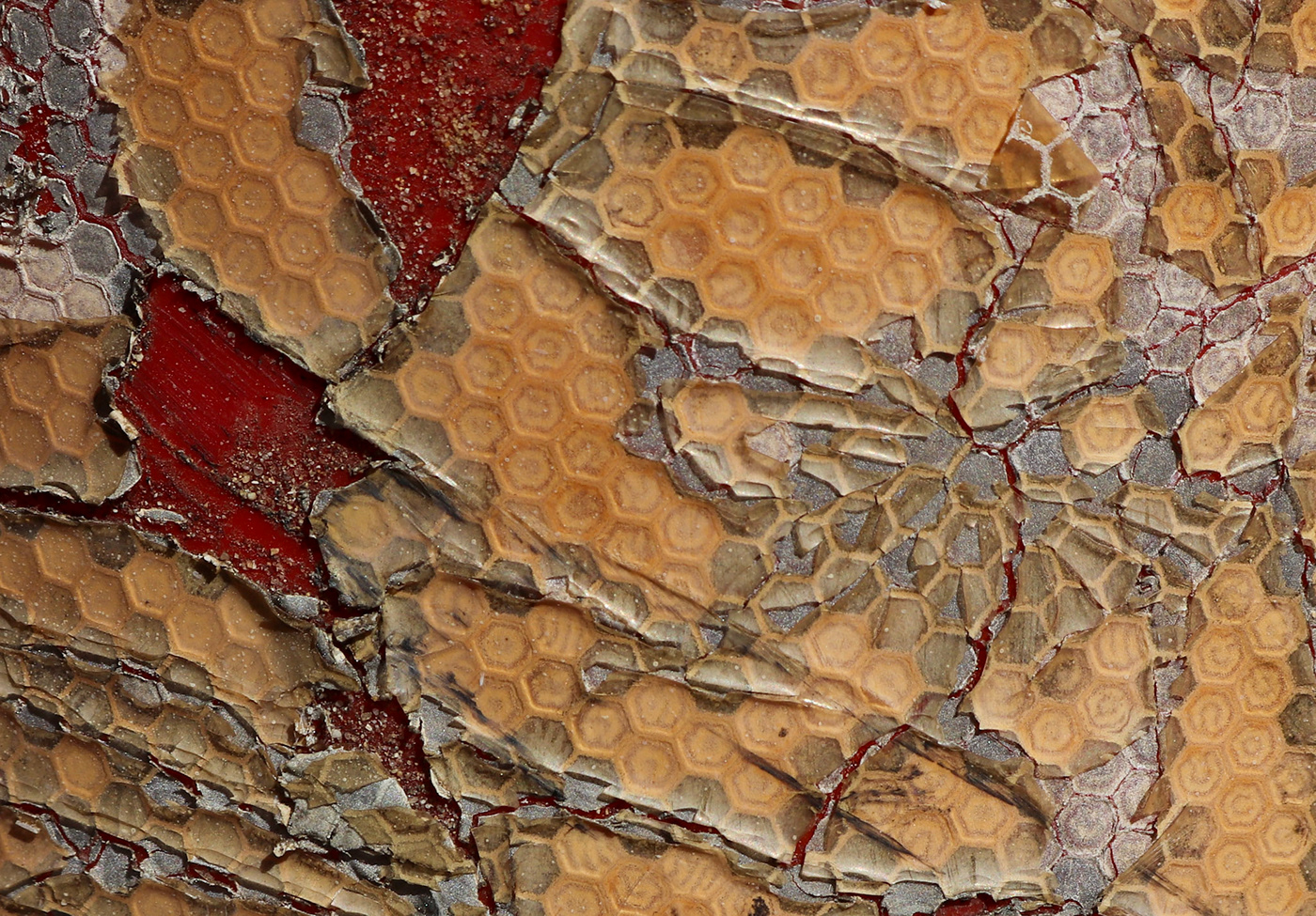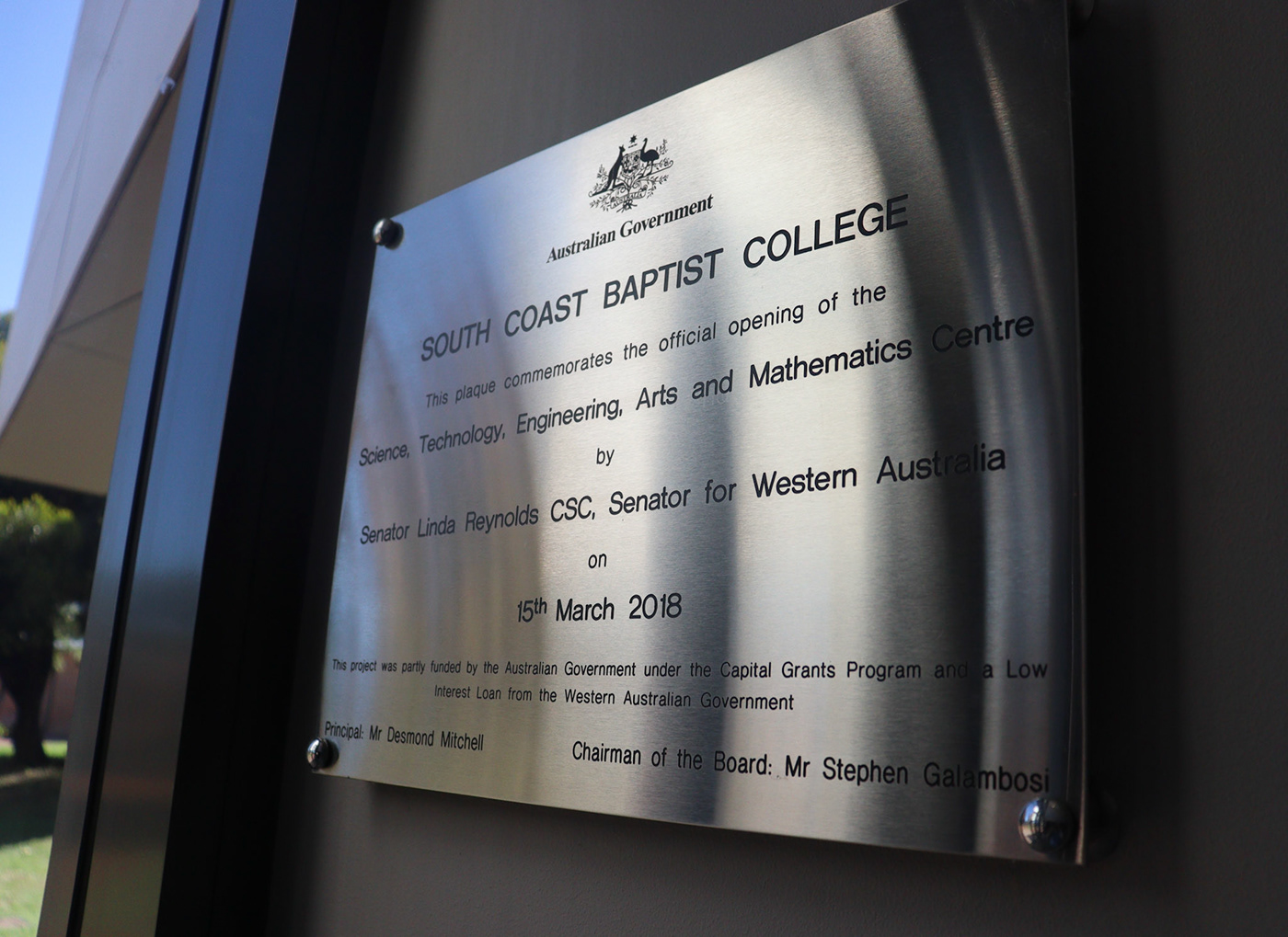Elements

Line: A visual element of length that creates direction and perspective through connecting points. Leading lines guide the viewers eye to the focal point of the image. Separation within a design can be shown through lines.

Shape: A two-dimensional enclosed area or outline of an object, subject, or element within the frame. It is defined by its boundaries, either by a line or contrast to the background.

Form: A defined volume of space that appears three dimensional. Lighting and depth manipulate space by casting shadows and highlights, enhancing depth perception.

Space: The area surrounding the object or the distance between elements. Space between design elements is known as negative space.

Colour: The hues, saturation, and value in an image, influencing mood and atmosphere. It's manipulated through lighting, post-processing, and understanding colour theory.

Value: The lightness or darkness of tones that helps create contrast, depth, and dimension, guiding the viewer's eye through the photograph and emphasizing important elements.

Texture: The tactile quality of surfaces which adds depth and interest, inviting viewers to engage on a sensory level. Photographers emphasize texture through rich surface details, lighting, and angles.
Principles

Balance: How visual weight is distributed within a composition, contributing to its harmony and stability. It involves arranging elements to create equilibrium, whether symmetrically, asymmetrically, or radially.

Contrast: The noticeable differences between elements within an image, such as tones, colours, textures, shapes, and depth of field. It enhances visual interest and impact, drawing attention to specific subjects.

Emphasis: Highlights a specific subject or element within an image, achieved through techniques like framing, colour, and lighting. It guides viewers' attention, enhancing clarity and impact.

Repetition: Use of recurring elements to create rhythm and unity. It involves repeating shapes, patterns, colours, or subjects to organise the image and guide the viewer's eye.

Movement: Action or progression captured in a still image, conveying energy. It involves techniques such as blurring moving subjects or using leading lines to guide the viewer's gaze through the frame to a certain direction.

Rhythm: Visual flow created by repetition, such as shapes, patterns, or colours. Variety is utilised to minimise monotony. These elements must link or flow together to establish harmony and continuity.

Scale and proportion: The size and relationships between elements, displaying how objects or subjects appear in comparison to each other and their surroundings. Scale and proportion help create depth, perspective, and balance.

Variety: The inclusion of diverse elements to create visual interest. Incorporating differences in subjects, textures, colours, and shapes to add dynamism to the image. Variety can be achieved by utilising strong contrasts which helps engage the viewer's attention.

Pattern: The repetition of visual elements in a predictable and organised way. It creates a sense of rhythm and coherence, adding visual excitement.

Volume: The perception of three-dimensional space within a two-dimensional image. Involves objects or subjects with depth and solidity, creating a sense of weight. Volume conveys depth, perspective, and scale.

Harmony: Arranging elements such as colours, shapes, textures, and subjects in a way that they work together harmoniously to convey a unified message or theme.

Typography: The arrangement of text, including fonts, sizes, spacing, and placement, to enhance visual storytelling. Typography adds context, and narrative depth, engaging the viewer.
